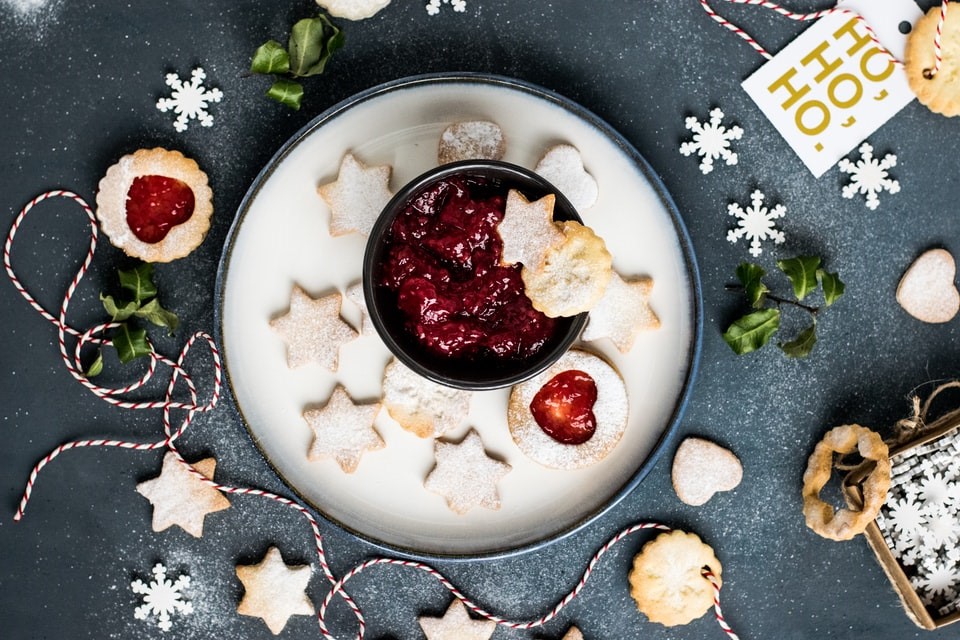
Tour One. The Environment.
Finland: Life in Nature
Every year, visitors who arrive in Helsinki or any other big city in Finland on June 21st are stunned: streets are deserted, shops are closed, and all is quiet. Annual celebration of “Midsummer,” the longest day of the year, has
begun. Finns call “Midsummer” Juhannus, after Saint John, whose name they celebrate annually on June 21st.
Finns withdraw to the countryside on Juhannus. Most go to summer cottages by a lake or the seaside. Many start
month-long summer vacations. No wonder they burn bonfires and stay up all night with the sun! There are 400,000 summer cottages in Finland, one for every 13 Finns.
Finnish summer cottages are simple wooden homes that are usually closely woven into the nature that surrounds them. Only in the 1980’s did Finns start installing electricity, running water and indoor bathrooms in their cottages.
These modern conveniences allow people to use their houses year round, turning summer cottages into vacation homes. Many Finns, however, still bathe in lake or well water, cook with fire, and light their homes with gas and candles. Do you think you could live like that for even a day?
Life outdoors is essential to the summer experience in Finland. Finns get their exercise chopping firewood, tending vegetable gardens and picking wild berries. Although many Finns choose to stay close to their own homes, they may also wander far afield.
Finnish law has established a so-called “Everyman’s Right.” The “Everyman’s Right” protects the population’s right to hike, swim, fish, go ashore, camp, or collect wild berries and mushrooms almost anywhere, without permission from property owners. It includes the right to fish with a rod and line, or ice fish, in inland waters or the sea, free of charge. “Everyman’s Right,” however, also confers responsibilities. You must not disturb people in the immediate vicinity of their homes; damage property; upset breeding birds, their nests, or their young; or bother reindeer or
other game animals. And fishing permits are mandatory!
About 70 percent of Finnish adults pick berries. In a good year, Finns pick up to 100 million pounds berries; 70 million pounds go to home use, while 30 million pounds are picked commercially. The berries can be eaten raw or
used in jams, jellies and juices. Wild berries are considered organic. Law forbids the use of pesticides in forests.
The lingonberry is Finland’s most important wild berry. Lingonberries have many uses. Lingonberry jelly flavors meat courses. Finns serve whipped lingonberry pudding under cream in a traditional Finnish dessert. Lingonberries can be used in bread. Tart lingonberry juice can be served with different meals. Other berry favorites include the cloudberry, crowberry and forest raspberry. Do you have a favorite berry?
Finns also pick a lot of mushrooms. One of the mushroom pickers’ favorite finds is the funnel-shaped chanterelle, which grows in late autumn. Chanterelles, northern milk caps, saffron milk caps, slippery jacks and orange birch bolets are also popular edible mushrooms.
Don’t get inspired to start picking mushrooms that you see around your
neighborhood — they may be dangerous!
Quiz
- What often stuns people in June in Helsinki?
- Huge crowds
- The amount of wild berries
- “Everyman´s right” to hunt
- The empty streets
2. How many summer cottages are there for each Finn?
- Two for every Finn
- One for every 50 Finns
- One for every 100 Finns
- One for every 13 Finns
3. “Everyman’s right” means that
- You can camp in a forest without permission
- You can camp in gardens
- You can take any boat
- You can fish without a permit
4. Lingonberries are often used in making
- ice cream
- drinks
- chocolate
- houses

